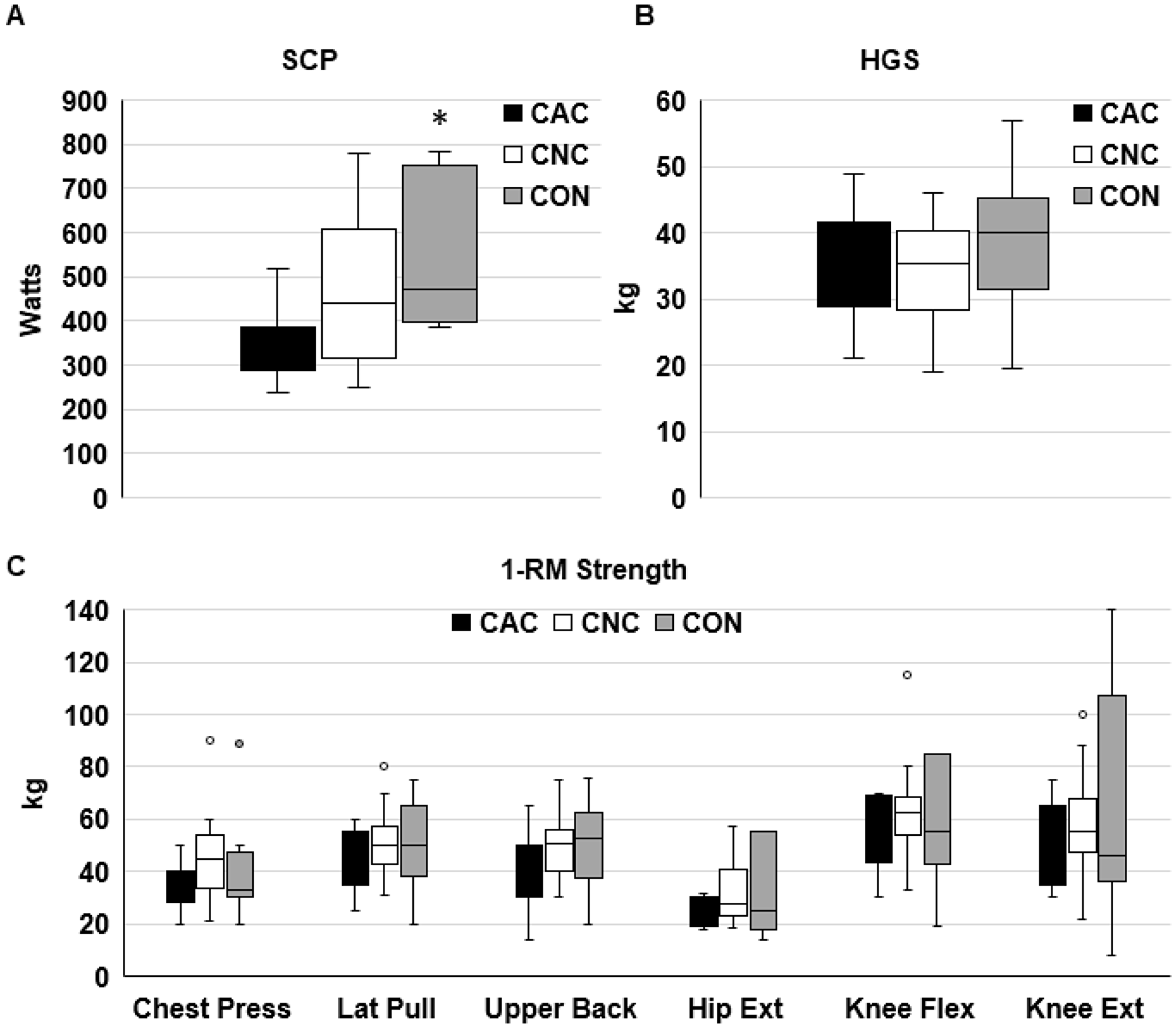Volume 11, Issue 20 of @Oncotarget reported that this study aimed to establish the relationship between computed tomography -derived muscle cross-sectional area, radiodensity, and skeletal muscle index and dual-energy X-ray absorptiometry parameters with functional performance in cancer patients.
In cancer patients, DXA ALM and CT muscle CSA each predicted physical function; muscle radiodensity did not, and DXA ALM explained more variability in SCP and 1RM than CT muscle CSA.
Dr. Jose M. Garcia from The Geriatric Research, Education and Clinical Center, Veterans Affairs Puget Sound Health Care System as well as The Gerontology and Geriatric Medicine-Department of Medicine, University of Washington said, "Cancer cachexia (CAC) is a complex metabolic syndrome characterized by involuntary loss of muscle, with or without loss of fat, leading to functional impairment."
"Cancer cachexia (CAC) is a complex metabolic syndrome characterized by involuntary loss of muscle, with or without loss of fat, leading to functional impairment"
- Dr. Jose M. Garcia, The Geriatric Research, Education and Clinical Center, Veterans Affairs Puget Sound Health Care System and The Gerontology and Geriatric Medicine-Department of Medicine, University of Washington
It is recommended that the assessment of muscle mass is essential to cachexia assessment, especially when making comparisons between weight-losing cancer patients and weight stable cancer or non-cancer control patients.
Assessment of muscle mass by DXA is commonly used due to the relative ease of analysis compared to CT; however, the advantages of CT analysis over DXA is the ability to assess:
- 1) Skeletal muscle directly in contrast with DXA assessment where lean mass is derived from measurements of total body mass, fat mass, and bone mass and also
- 2) Radiodensity via muscle attenuation, which is thought to be reduced by fatty infiltration.
Therefore, the aim of this study was to assess the relationship between CT-derived muscle cross-sectional area, SMI, and SMD or DXA-derived appendicular lean mass and appendicular skeletal muscle index with objective physical function in cancer patients with or without cachexia, and in non-cancer, age-matched controls.

Figure 1: Physical function in patients with or without cachexia and controls. *p ≤ 0.05 vs CAC. Stair climb power ((A): CAC, n = 12; CNC, n = 12; CON, n = 7), handgrip strength ((B): CAC, n = 23; CNC, n = 24; CON, n = 17), and 1-repetition maximal strength ((C): CAC, n = 9–12; CNC, n = 12–14; CON, n = 7–8).
The authors hypothesized that:
- 1) CT measures, DXA measures and physical function would be significantly reduced in patients with cancer cachexia compared to cancer patients without cachexia and to non-cancer control patients,
- 2) CT measures and DXA measures would be significant predictors of physical function in cancer patients with or without cachexia, and
- 3) That SMD would be correlated with muscle mass by different measures.
The Garcia Research Team concluded in their Oncotarget Research Article that "With the urgent need to understand functional impairment in the context of cancer cachexia, we report that SCP and upper body strength were negatively impacted by cachexia and low SMI. We also report that muscle mass assessed by CT or DXA, but not CT-derived SMD, were associated with physical function and that DXA ALM explained greater variability in physical function outcomes in patients with GI or GU cancer. It remains to be confirmed on a larger scale whether the relationship between muscle mass or radiodensity and physical function are each confined to specific functional outcomes and whether they are generalizable to various tumor types."
Sign up for free Altmetric alerts about this article
DOI - https://doi.org/10.18632/oncotarget.27594
Full text - https://www.oncotarget.com/article/27594/text/
Correspondence to - Jose M. Garcia - [email protected]
Keywords - cancer cachexia, physical function, computed tomography, muscle radiodensity
About Oncotarget
Oncotarget is a biweekly, peer-reviewed, open access biomedical journal covering research on all aspects of oncology.
To learn more about Oncotarget, please visit https://www.oncotarget.com or connect with:
SoundCloud - https://soundcloud.com/oncotarget
Facebook - https://www.facebook.com/Oncotarget/
Twitter - https://twitter.com/oncotarget
LinkedIn - https://www.linkedin.com/company/oncotarget
Pinterest - https://www.pinterest.com/oncotarget/
Reddit - https://www.reddit.com/user/Oncotarget/
Oncotarget is published by Impact Journals, LLC please visit http://www.ImpactJournals.com or connect with @ImpactJrnls
Media Contact
[email protected]
18009220957x105


